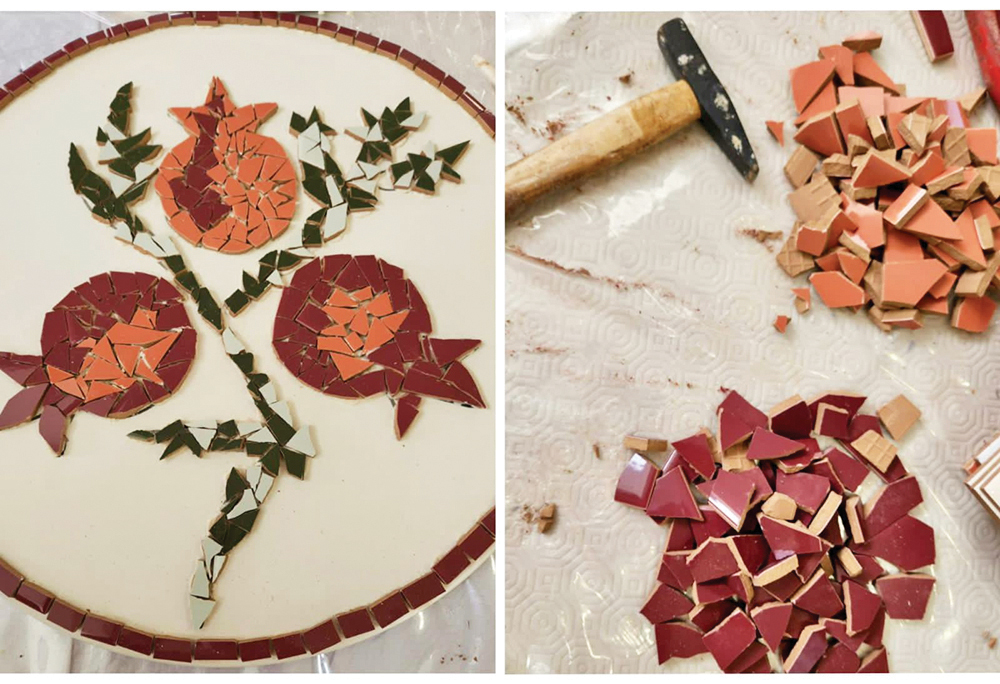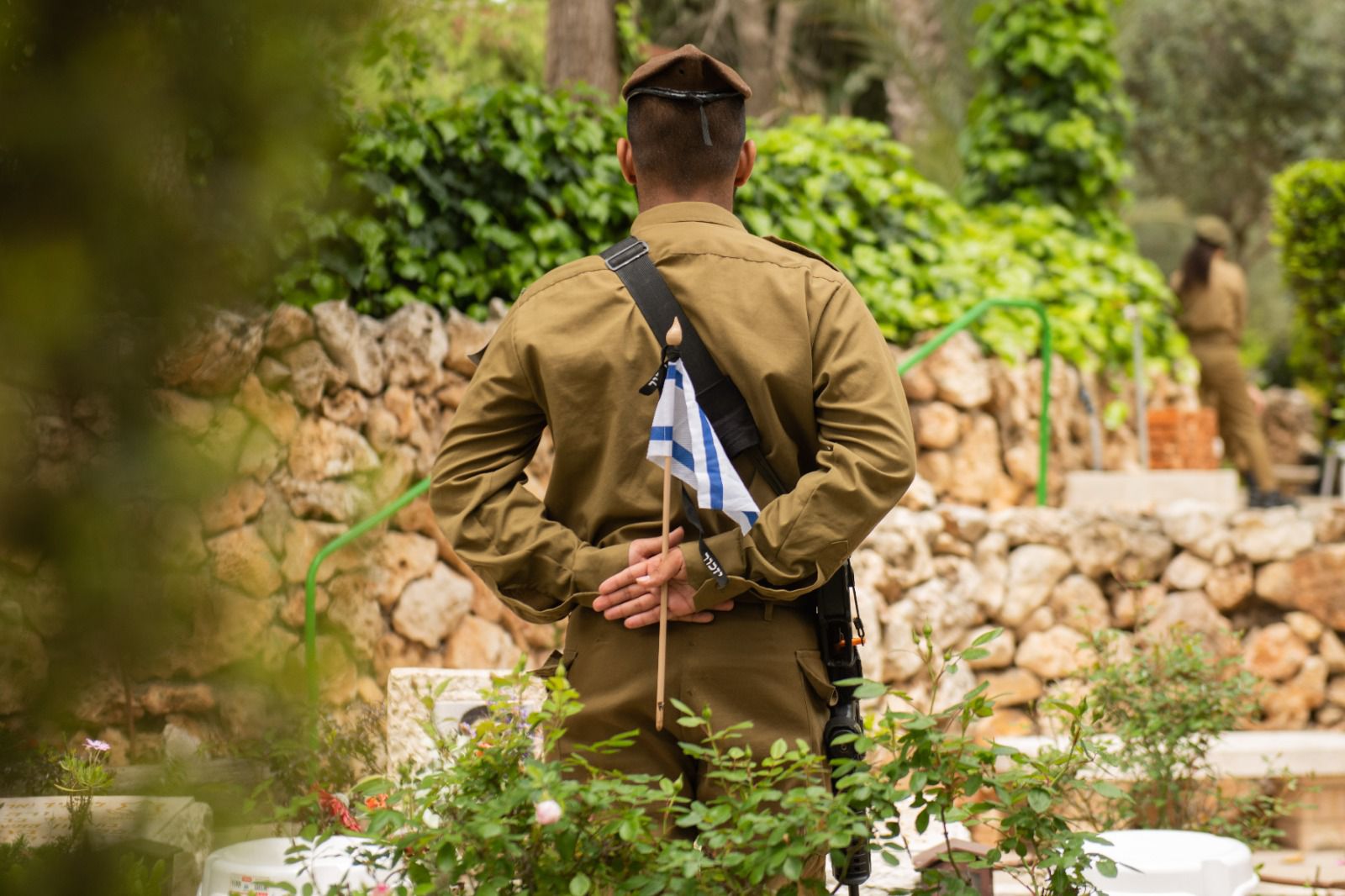
This week’s Torah portion, Tzetaveh, describes the Mishkan, which accompanied Bnei Yisrael in the desert. It describes the instructions for building the Mishkan down to the minutiae. What is the importance of all these small details? Here are two explanations:
The first is what professor Dan Ariely calls the “IKEA effect.” If we buy a ready-made dresser or table, we feel much less connected to it than if we’d bought a piece of furniture at IKEA and assembled it ourselves. Similarly, the fact that we were involved in building the Mishkan ourselves connects us to it on a far deeper level than if it had descended from Heaven.
The second is brought by professor Nehama Leibowitz who pointed out that the Torah describes the creation of the world in only 34 verses while the building of the Tabernacle is described in 400 verses. How can it be that the entire cosmos, the stars, the galaxies, the oceans, and even the creation of man are described briefly, while the “synagogue” of the people in the desert is described in such great detail? Leibowitz explained that the Torah is not interested primarily in the universe, but rather in man. The Torah is less interested in what God does than in what man is meant to do in following God’s instructions.
These explanations are pertinent not only to the desert Mishkan, but to all the small, routine, yet vital acts and mitzvot that we do today.
Putting the Pieces Back Together
Sharon Negri, mother of Neriya Negri who fell in battle on Simchat Torah, shared her experience attending a mosaic workshop at a time when she still felt devastated by her loss. The process, which involves shattering whole tiles into small pieces and then carefully reassembling them, emerged as a powerful metaphor for her own shattered reality in the wake of her son’s death.
“It felt profoundly meaningful and significant,” she said. “I was gathering up the pieces, but not only that, I was making a whole new creation out of them. I see this not only as a Divine command, but also, a personal demand from myself: to take my broken heart, my broken reality, and to create life. A new, different life, but life.”
Sharon added that she feels this is what all of Am Yisrael are going through at this time. “The destruction has been so great, we might think there is no hope. But we must create, with God’s help, something new out of the broken pieces. Our story will continue.”

A Unique Mission of Support for Israel
I recently met a group of 30 women from Great Neck, New York who visited Israel to express their solidarity. I’ve welcomed many missions to Israel, but this was my first encounter with women from the Mashadi community, a Persian-Jewish community with a history of self-sacrifice for their Judaism. They told me about their ancestors in Iran who insisted on observing mitzvot even though it was illegal, and who were subjected to harassment because of it. Those brave and committed generations of Iranian Jews can give us strength and inspiration in these challenging times.
During our discussions, it became clear that each woman on this mission had embraced the role of an ambassador for Israel. Back in the United States, they will have to confront antisemitism and ignorance head-on. Their firsthand experiences in Israel, from witnessing the devastation at Kibbutz Be’eri to observing the rehabilitation department at Sheba Hospital, and meeting the families of the hostages, have provided them with a unique perspective. They’ve seen the unity and spirit that define our country. Now, they bear the responsibility to convey their observations accurately and compellingly, and to share the reality of Israel’s situation with the world.
Praying for the Hostages
Last week I said with great joy that, when praying for the hostages, the names of Luis and Fernando could be removed from the list. Since then, I have received many requests for a list of the hostages that remain in Gaza. So, first of all, here is the link: http://tinyurl.com/mr3rvzt2. Since the outbreak of the war, Matanya Weinstock has devoted himself to this project. He collected the full names of the hostages, including the full names of their mothers, and he also made sure to include the full names of the non-Jews (most of them foreign workers) among the hostages.
These lists — a spiritual “Iron Dome” — have been printed throughout Israel and the entire world and are seen in synagogues, schools, where Shabbat candles are lit, at the graves of tzadikim and in other communal spaces.
Unfortunately, Matanya’s son was seriously wounded in Gaza. So we will now add his name, Yonatan Yitzhak ben Ateret, to the list for a speedy and complete recovery.

A Letter to Sinwar
Seven-year-old Kama Hochman lives in Bnei Netzarim, a charming little town in southern Israel. Her father is presently serving in the reserves in Khan Yunis. This week, she decided to write a letter to Hamas leader Yahya Sinwar. I think that this simple, innocent missive holds far more truth than the decisions handed down at the Hague or in the U.N.:
Hi Sinwar,
I’m Kama. I am in 2nd grade and live in the Gaza periphery. I want to tell you that God chose the nation of Israel to be His people. So, even if you try to kill us, we will win. I hope you get caught and that the nation of Israel will live with quiet and in peace.
*Translated by Yehoshua Siskin
Sivan Rahav Meir is a primetime news anchor on Israeli television with a regular column in Yediot Aharonot, Israel’s largest newspaper, and a weekly radio show on Galei Tzahal (Army Radio). She has a tremendous following on social media for her insights into Jewish life and tradition. Her lectures on the weekly Torah portion are attended by hundreds, and the live broadcast attracts hundreds of thousands more viewers across the globe. She was recognized by Globes newspaper as the country’s most popular female media figure and by the Jerusalem Post as one of the 50 most influential Jews worldwide. She lives in Jerusalem with her husband Yedidya and their five children.









